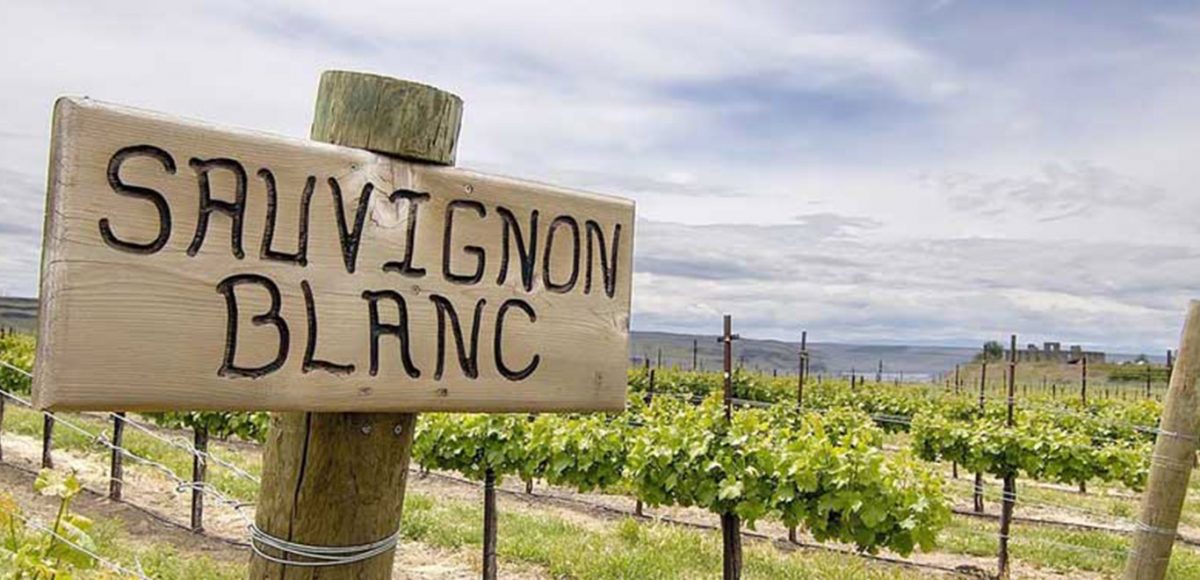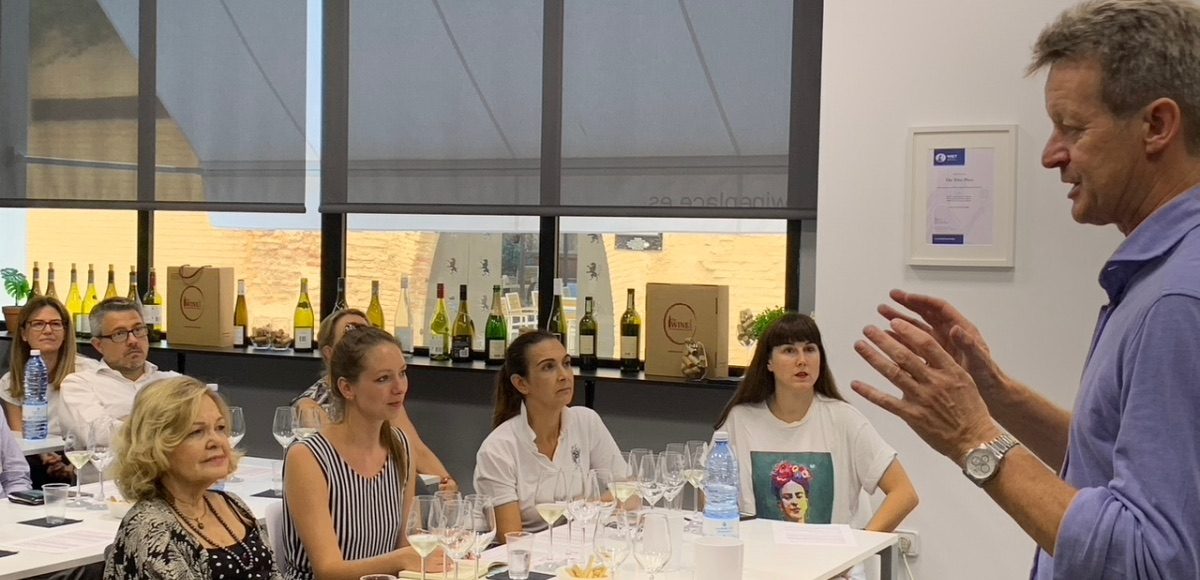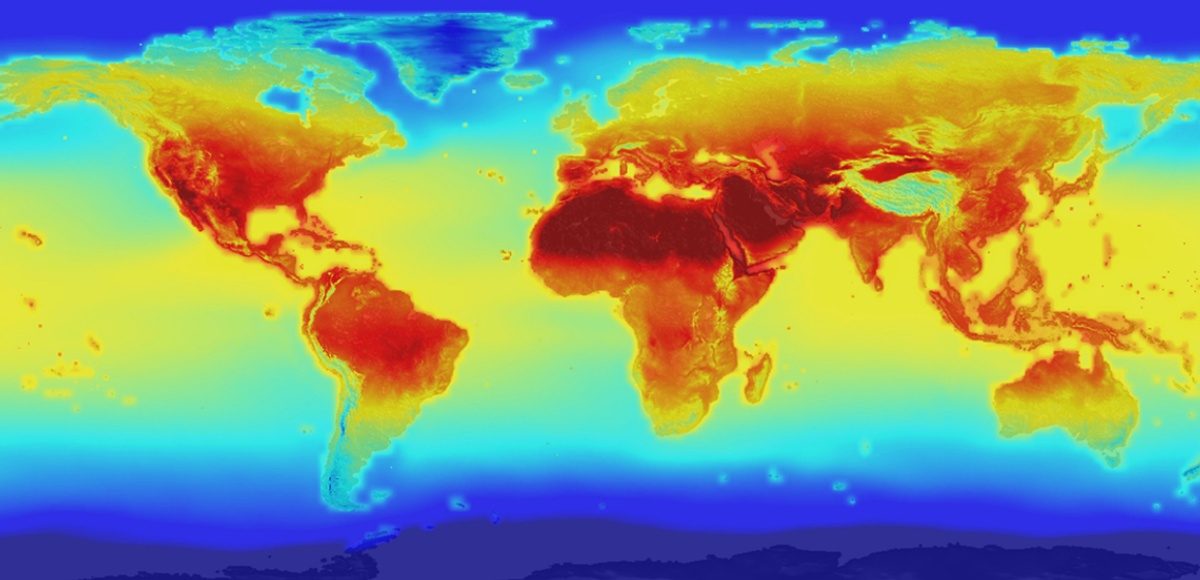Sauvignon Blanc has an enviable reputation among wine drinkers around the world are drinking more of it than ever before. So what makes this French grape so universally popular? Primarily because the wines are so obviously Sauvignon Blanc in style and character that consumers trust them and buy the wines time and time again.
Served chilled it is a ideal aperitif while also combining perfectly with scallops, grilled seabass. The natural acidity of cool climate Sauvignon Blanc works well with acidic dishes, in fact at a recent dinner we had Yealands Sauvignon Blanc from New Zealand with grilled goats cheese, which everyone enjoyed. It is a wine that goes great with salads, which can be notoriously tricky to combine with wine.
It is a truly versatile and international grape variety grown all over the world from France to Chile, South Africa, New Zealand, Australia, Spain, Portugal, Greece and the USA. In cool climates Sauvignon Blanc produces wines that tend to have aromas like freshly cut grass, asparagus with a touch of minerality. While in warm to hot climates the flavours tend to be more peach, passion fruit and grapefruit.
The Big Three producing countries of Sauvignon Blanc are:
New Zealand, whose wine industry is based on the success of Sauvignon Blanc. In several of the main consumer markets for imported wines in the world, USA, UK and Germany, it holds a prestigious position of being trusted by wine drinkers for its consistently good quality. Growers and winemakers are now experimenting using oak to give added complexity also selecting particular vineyards of Sauvignon Blanc for the type of soil to see how distinctive characters can add different characteristics.
France, the ancestral home of Sauvignon Blanc. Bordeaux, better known for its fine red wines, also produces superb white wines made from Sauvignon Blanc, however, they tend to be blended with Semillon, from Domain de Chevalier and Haut Brion. It is interesting that while consumers will have heard of Sancerre or Pouilly-Fumé, both from the Loire, many do not know that they are made from Sauvignon Blanc. The cool climate and mostly chalky soils produce wines that are pure, grassy and a kick of acidity that is refreshingly. The wines of Pouilly-Fumé, not to be confused with Pouilly-Fuissé from southern Burgundy made from Chardonnay, tend to be smoother and not as sharp.
In Chile Sauvignon Blanc is the second most widely planted grape variety. I find most Chilean Sauvignon Blancs to pretty good, easy drinking, lighter in style, crisp and depending on the region where there grapes are grown, influence of climate and ‘terroir’, will either have a tropical fruit character or grassy, herbaceous style. As I wrote in Discovery Chilean Wines a couple of weeks ago Chile is evolving as a producer in terms of regional variation. The producers to look out for a Luis Felipe Edwards, Aresti or Mont Gras.
So this week why not enjoy a glass of Sauvignon Blanc.










